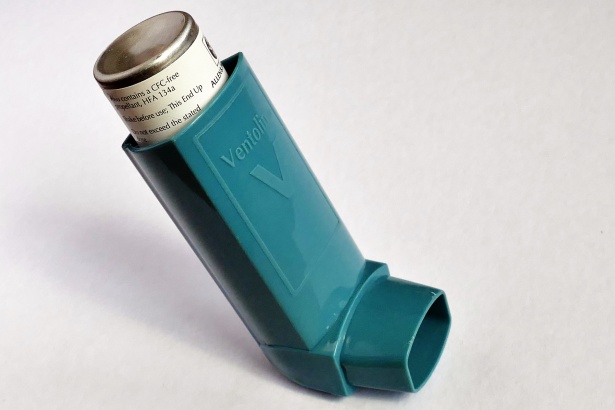Asthma is one of the most widespread health issues in the US with a staggering 1 in 12 people suffering from the respiratory condition. Usually, asthma is not particularly serious, it can be uncomfortable for sufferers and with the possibility of asthma attacks, the condition should not be taken lightly.
Symptoms of asthma
Asthma is a condition which is relatively easy to identify through its symptoms which include, but are not limited to:
- Shortness of breath
- Chest tightness or pain in the chest
- Difficulty sleeping due to a shortness of breath, coughing or wheezing
- A whistling or wheezing sound when exhaling
- Coughing or wheezing episodes that are worsened by an illness, such as a cold or the flu
If you know that you have asthma due to diagnosis but feel that the current treatment is not working, you could be experiencing a worsening of the condition. Symptoms that your asthma is worsening include, but are not limited to:
- Symptoms aforementioned ut more frequent and more noticeable
- Increasing difficulty breathing
- More frequent use of a quick-relief inhaler
How do you treat asthma?
It’s reassuring to know that there are numerous treatment options for asthma working in a stacking form depending on the severity of each case:
1. Reliever inhaler
The first port of call for asthma treatment is the simple use of a reliever inhaler. Used for flare-ups of the condition, as the name suggests, the inhaler allows for relief in times that the lungs feel tight or there is difficulty breathing. This is often recommended if there is a certain trigger or few incidences per week.
2. Reliever inhaler + preventer inhaler
If the occurrences reach up to three times per week, a preventer inhaler is likely to come into play alongside the reliever. The preventer inhaler is used to prevent inflammation in the airways and keep the symptoms at bay. This is beneficial to those that experience many flare-ups in day to day life.
3. Reliever inhaler + preventer inhaler + LTRA tablet
A Leukotriene Receptor Antagonist (LTRA) tablet can be used in conjunction with both the reliever and preventer inhaler if the use of the preventer inhaler is not sufficient in the form of treatment. An LTRA again works to prevent the inflammation of the airways to halt flare-ups.
4. Combination inhaler
A combination inhaler can be used if the previous is insufficient which consists of a preventer and long-acting reliever. An LTRA tablet can be taking in some cases in conjunction, but this decision is often left to the doctor.
5. Other add-on treatments
If all four of the previous options fail to provide sufficient treatment, other add-on treatments can be introduced at the discretion of the doctor. This can be other relief and anti-inflammatories or other treatments derived from asthma specialists.
Top 7 asthma inhalers
The top 7 asthma inhalers on the market – as voted by the general public to give the largest spread of unbiased opinion – are as follows (according to Ranker):
- Proventil
- Symbicort
- Ventolin
- Alvesco
- Airomir
- Asmasal
- Advair
An inhaler is the most common form of treatment, and with a top example, the symptoms of asthma can be both reduced and prevented (from combination inhalers).
It’s worth your time and energy to find one that works well and best for your needs.

